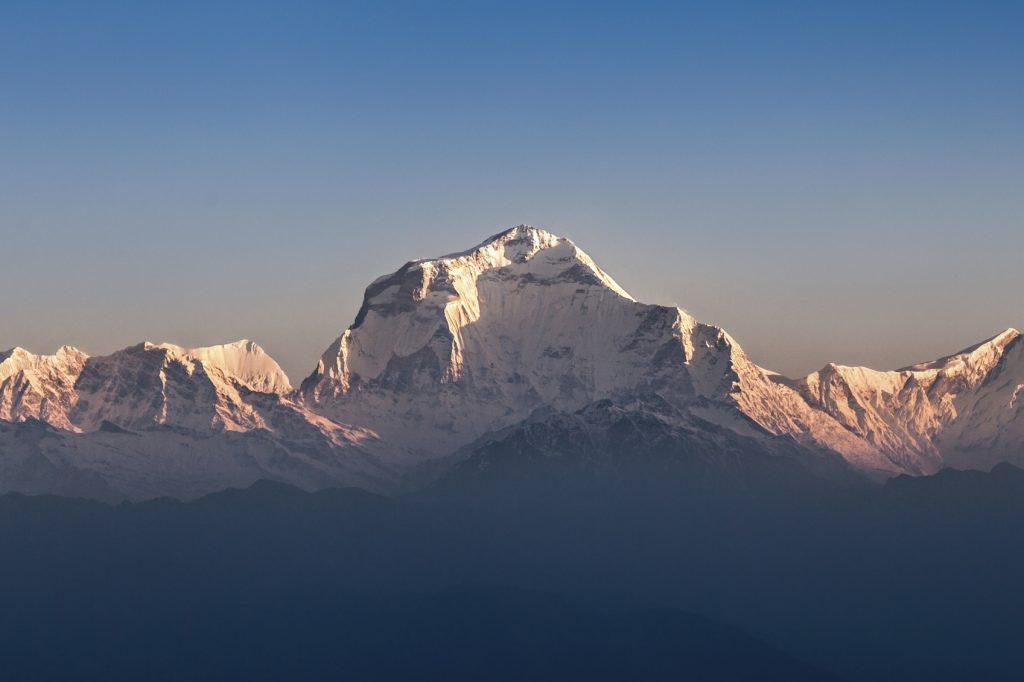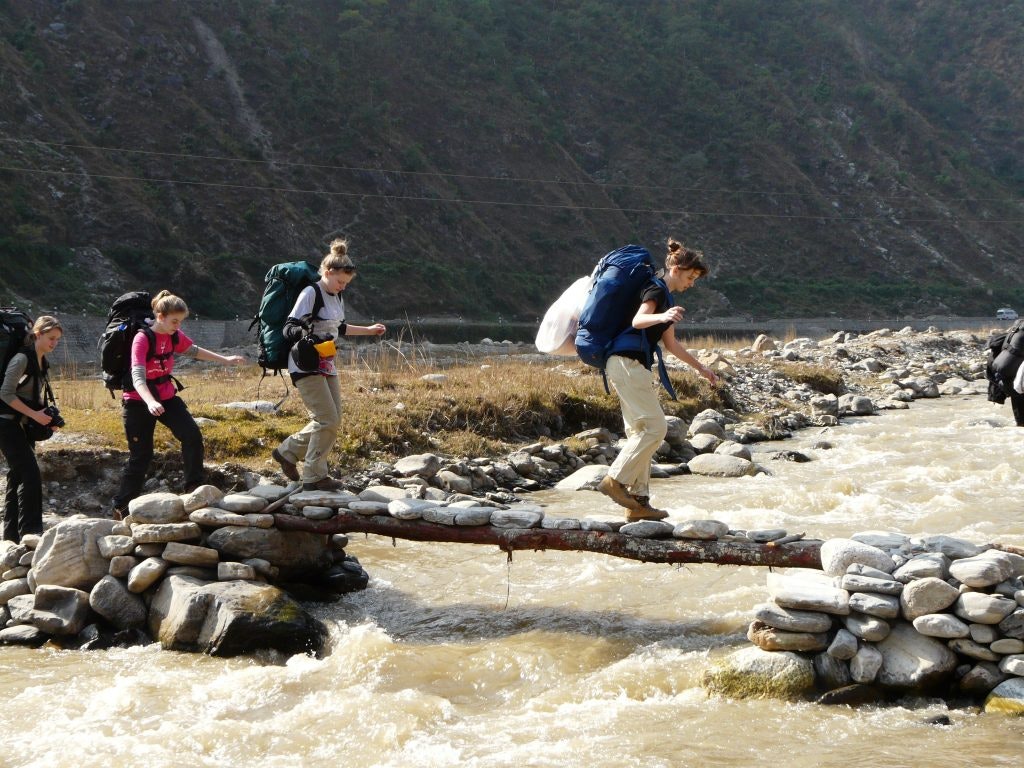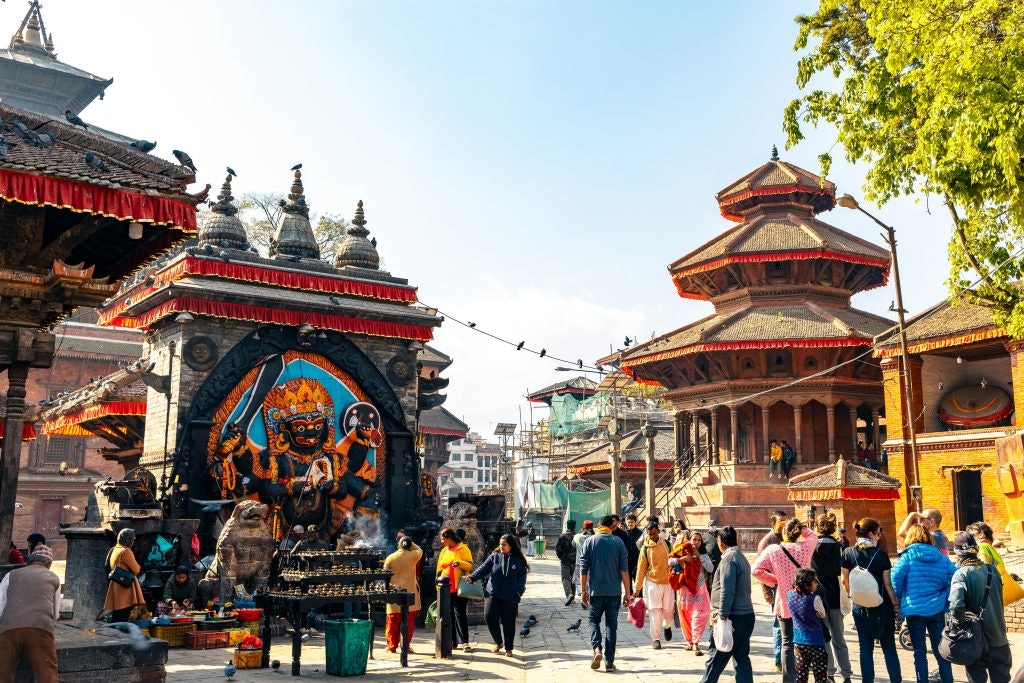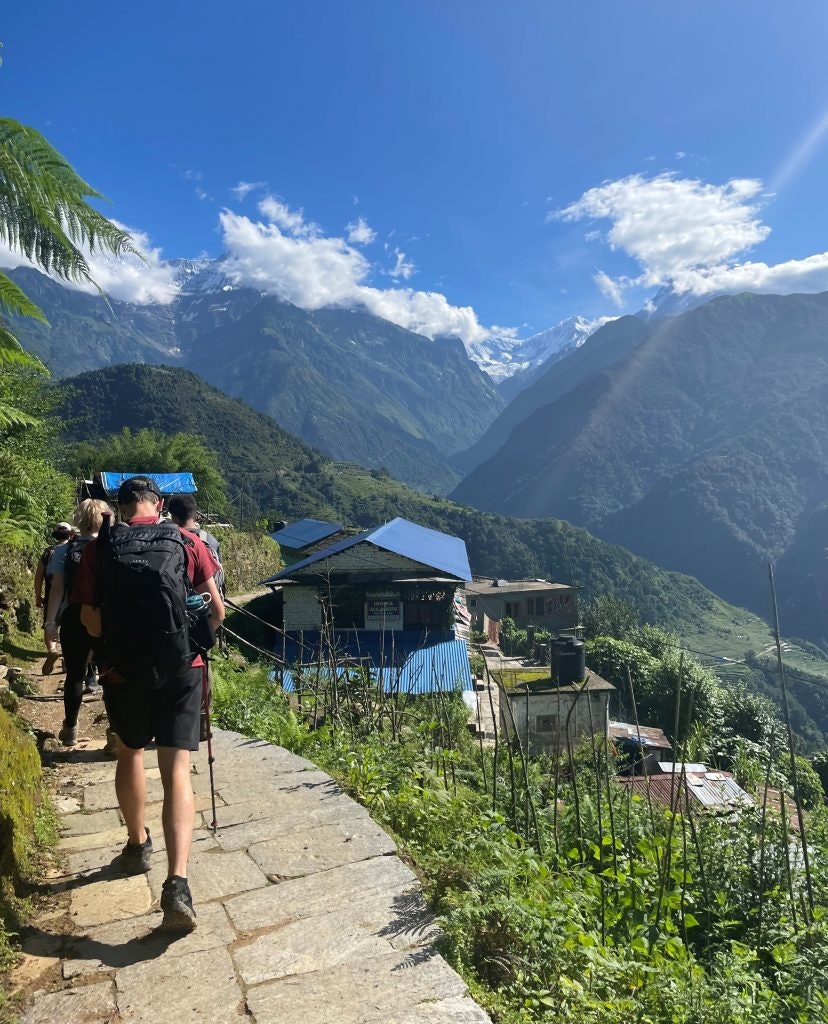







When I first learned about Nepal—the land of the world’s highest mountains and the birthplace of Buddha—I imagined reaching the summit of Mount Everest while embracing complete Buddhist serenity, free from all desires.
Though my goals have shifted, Nepal’s significance remains strong. This landlocked South Asian country has left a lasting mark on the world, earning the nickname “World Nepal.”
Here are some key facts about Nepal:
| Key Facts About Nepal | Details |
| Population | 29,622,528 |
| Official Language | Nepali |
| Currency | Rupee |
| Capital | Kathmandu |
| Area | 56,956 sq mi (147,516 sq km) |
| Main Religion | Hinduism (~81% of the population) |
Let’s explore 9 interesting facts about Nepal.
Nepal is a land of superlatives. Despite being a small country, Nepal holds several records that contribute to its high profile on the global stage.

Mount Everest, cloaked in snow, glows under the setting sun.
Here are some of Nepal’s records:
Nepal is the only country with a triangular flag, featuring two stacked triangles symbolizing the Himalayas. The upper triangle represents the moon, the lower the sun. Adopted in 1962, its design dates back over 2,000 years.
Nepal is home to the world’s only living goddess, the Kumari. These pre-pubescent girls are seen as divine and live in temples, worshipped by thousands. They retire at puberty or if they fall ill.

A Nepalese Kumari in her traditional makeup and costume.
Nepalese people are known for their peaceful nature. Despite its diversity—over 80 ethnic groups, 123 languages, and multiple religions—Nepal has maintained harmony. Its secular constitution guarantees cultural and religious freedom.
Nepal is 56 years and 8 months ahead of countries that use the Gregorian calendar. Nepal uses the Nepal Sambat calendar, also known as the Bikram Sambat calendar. This traditional Hindu calendar is also followed in places like India, Thailand, Malaysia, and Sri Lanka.

Rustic Pathway students jump into the future in Nepal.
The capital city, Kathmandu, is often called the “Living Cultural Museum of the World” due to its impressive collection of UNESCO World Heritage Sites. The Kathmandu Valley alone has seven sites, making Nepal one of the countries with the densest concentration of World Heritage Sites.

Durbar Square in Kathmandu bursts with vibrant colors and lively energy.
Here’s a closer look at some of these sites:
Gurkhas are elite Nepalese soldiers known for their bravery, discipline, and loyalty. Their motto, “Better to die than be a coward,” reflects their commitment to honor. Since 1815, they have served in the British Army, earning a global reputation for excellence.

Rustic Pathway students on a trekking experience in Nepal.
| Rank | Mountain | Height | Country |
|---|---|---|---|
| 1 | Mount Everest (Sagarmatha/ Chomolungma) | 29,032 ft (8,849 meters) | Nepal, China |
| 2 | K2 | 28,251 ft (8,611 meters) | Pakistan, China |
| 3 | Kangchenjunga | 28,169 ft (8,586 meters) | Nepal, India |
| 4 | Lhotse | 27,940 ft (8,516 meters) | Nepal, China |
| 5 | Makalu | 27,838 ft (8,485 meters) | Nepal, China |
| 6 | Cho Oyu | 26,864 ft (8,188 meters) | Nepal, China |
| 7 | Dhaulagiri | 26,795 ft (8,167 meters) | Nepal |
| 8 | Manaslu | 26,781 ft (8,163 meters) | Nepal |
| 9 | Nanga Parbat | 26,660 ft (8,126 meters) | Pakistan |
| 10 | Annapurna 1 | 26,545 ft (8,091 meters) | Nepal |
The Royal Geographical Society (RGS) played a crucial role in the early British expeditions to Mount Everest. Faced with various local names for the mountain, the RGS chose to name it after Sir George Everest, the British surveyor and geographer who served as Surveyor General of India from 1830 to 1843.
1. Why does Nepal have a triangular flag?
Nepal’s flag is unique for its two stacked triangles, symbolizing the Himalayas. The upper triangle represents the moon, and the lower one represents the sun. The current design was officially adopted in 1962 but has origins dating back over 2,000 years.
2. Who are the Gurkhas, and why are they famous?
Gurkhas are Nepalese soldiers known for their bravery and discipline. They have served in the British Army since 1815 after proving their combat skills in the Anglo-Nepalese War. Their motto, “Better to die than be a coward,” highlights their dedication.
3. What is the role of the Kumari in Nepalese culture?
The Kumari is a living goddess in Nepal, believed to be the embodiment of divine female energy. Chosen as young girls, Kumaris reside in temples and are worshipped by Hindus and Buddhists until they reach puberty or fall ill.
💡 Want more trivia?
Browse all Fun Facts articles.